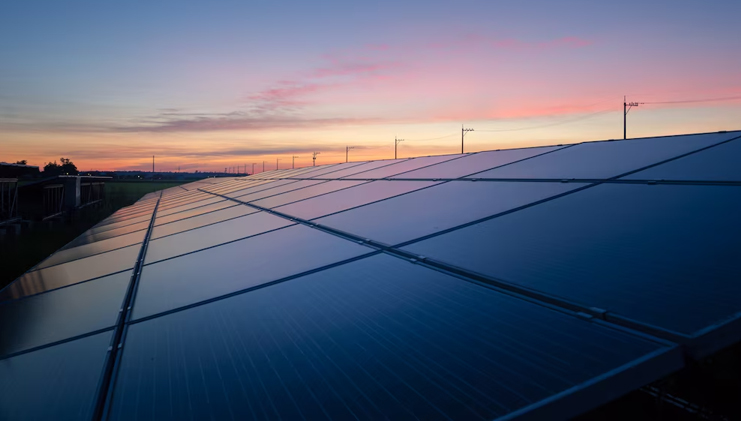
What Is a Grid-Tied Solar System and How It Works
Ever imagined running your fan, fridge, and lights using the power of the sun during the day and smoothly switching to regular electricity at night? That’s exactly what a grid-tied solar system does. It gives you a reliable blend of solar power and traditional grid electricity, without the need for expensive batteries.
What Exactly Is a Grid-Tied Solar System?
A grid-tied solar system, also known as an on-grid system, connects your rooftop solar panels directly to the main electricity supply in your area. This means your home uses solar energy when it’s available and falls back on the grid when it’s not. You don’t have to invest in bulky battery storage or worry about running out of power.
This system is quite popular in Indian cities and towns where power cuts are minimal, and where people want to reduce electricity bills while making a greener choice.
How Does It Work?
Let’s break it down in simple steps:
- Solar panels generate electricity during the day
As long as the sun is out, your solar panels are hard at work, converting sunlight into usable electricity for your home. - You use what you need, the rest goes to the grid
If your solar panels are producing more electricity than your appliances need, the extra power is fed back into the electricity grid. This doesn’t go to waste — in fact, it can earn you credits on your electricity bill through a process called net metering. - You draw power from the grid when needed
At night or on cloudy days, when solar production drops, your home automatically switches to drawing power from the grid. So you’re never left in the dark, literally.
The Role of Net Metering in India
Many Indian states now support net metering, a policy that allows you to send unused solar electricity back to the grid and get compensated for it. It’s like your electricity meter runs in reverse when you're giving power to the grid, which helps lower your monthly bill.
Net metering policies vary slightly from state to state, so it’s always good to check the latest guidelines from your local electricity board or distribution company (discom).
Why Do Indians Prefer Grid-Tied Systems?
Here are a few reasons why more homeowners and businesses in India are choosing this setup:
- Cost-effective – Since there’s no battery involved, the initial investment is lower compared to off-grid or hybrid systems.
- Low maintenance – With fewer components to manage, you don’t need to worry about battery replacements or regular upkeep.
- Better returns – You can save a good chunk on your electricity bills and even earn credits if your system generates surplus power.
- Smart for urban areas – Ideal for cities and towns where the electricity supply is mostly stable.
Is It Right for Your Home?
If you live in an area with a reliable power supply, have good access to sunlight, and want to reduce your electricity expenses without dealing with battery maintenance, then a grid-tied solar system is a smart and sustainable option.

